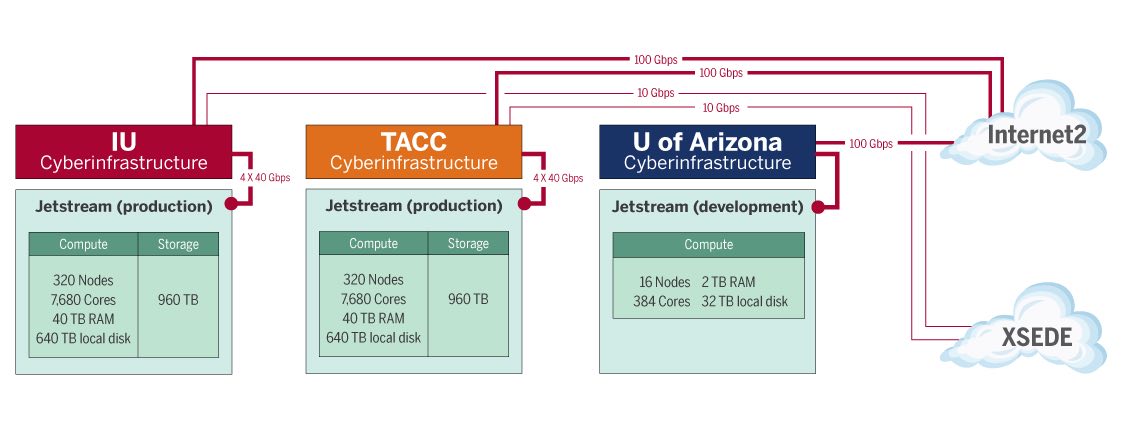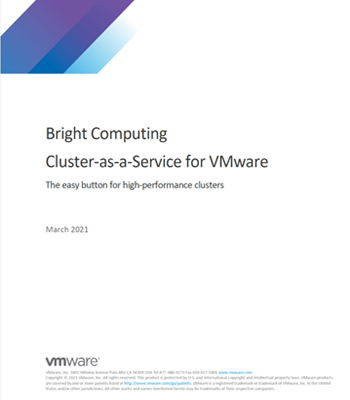 In this video, researchers describe how the Jetstream project at Indiana University. Jetstream is a user-friendly cloud environment designed to give researchers access to interactive computing and data analysis resources on demand, whenever and wherever they want to analyze their data. It will provide a library of virtual machines designed to do discipline specific scientific analysis. Software creators and researchers will also be able to create their own customized virtual machines or their own private computing system within Jetstream.
In this video, researchers describe how the Jetstream project at Indiana University. Jetstream is a user-friendly cloud environment designed to give researchers access to interactive computing and data analysis resources on demand, whenever and wherever they want to analyze their data. It will provide a library of virtual machines designed to do discipline specific scientific analysis. Software creators and researchers will also be able to create their own customized virtual machines or their own private computing system within Jetstream.
Jetstream will feature a web-based user interface based on the popular Atmosphere cloud computing environment developed by the iPlant Collaborative and extended to support science and engineering research generally. The operational software environment will be based on OpenStack.
The computing environment will consist of two homogenous clusters at Indiana University and TACC with a test environment at the University of Arizona. The system will provide over 0.5 PetaFLOPS of computational capacity and 2 petabytes of block and object storage. The individual nodes will contain two Intel “Haswell” processors, 128 GB of RAM, 2 terabytes of local storage, and 10 gigabit Ethernet networking. The system will leverage 40 gigabit Ethernet for network aggregation and each of the production clusters will connect to Internet2 at 100 Gbps. The physically distributed system will allow it to be highly available and resilient even if there were to be some sort of event that made one of the two sites inoperable.
Funded by the US National Science Foundation and set to launch on January 20, 2016, Jetstream results from a partnership between Indiana University’s Pervasive Technology Institute, the University of Texas at Austin’s Texas Advanced Computing Center (TACC), the Computation Institute at the University of Chicago, the iPlant Collaborative at the University of Arizona, and the University of Texas, San Antonio.
Jetstream is scheduled to enter production sometime in February, 2016.




